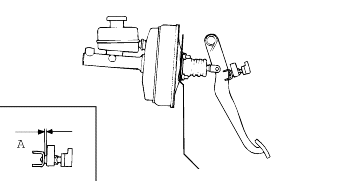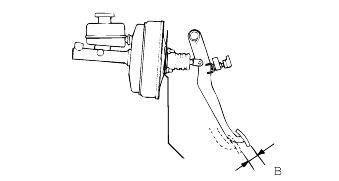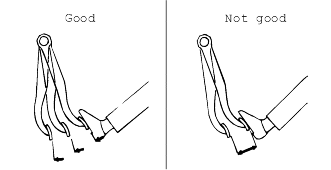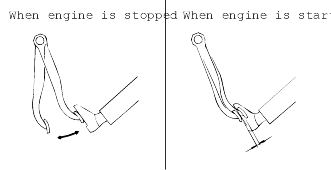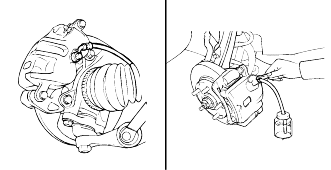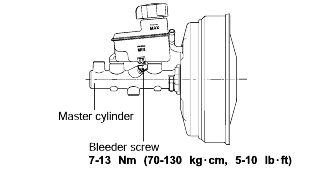Turn the stop lamp switch until the clearance between the outer case of the stop lamp switch and pedal arm reaches the standard value, and thensecure the stop lamp switch with the lock nut.
Clearance between pedal and stop lamp switch "A" : |
0.5-1.0 mm (0.02-0.039 in.) |
